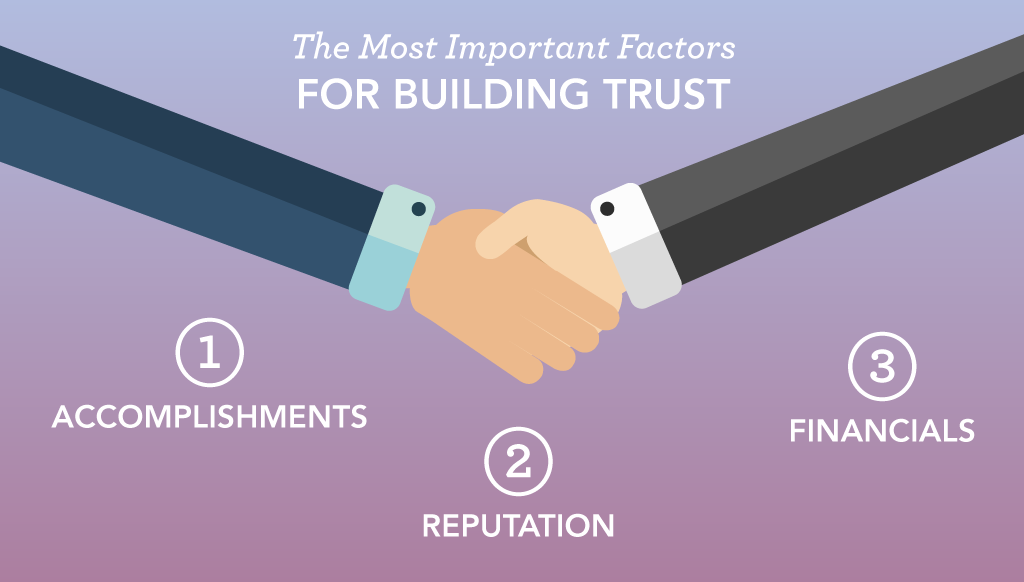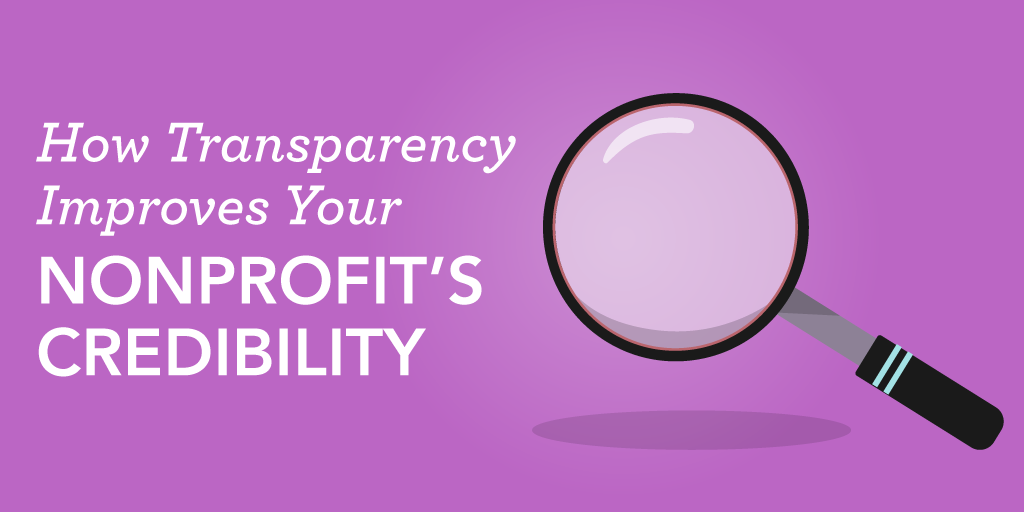Fundraising is about much more than raising money. In fact, raising money wouldn’t be possible if your donor base didn’t fully understand why your organization exists and how you achieve your goals. We’ve stressed the first step is for nonprofits to build relationships and trust with like-minded donors. The latest research suggests organizations that are transparent about their activities build that trust and are more effective in several areas, including fundraising effectiveness.
GuideStar analyzed recent findings by researchers at Villanova University and University of Wisconsin – Milwaukee. They found nonprofit organizations that are transparent in their communications collect more donations and are generally stronger in governance, financial, and operational areas. Transparent organizations were defined as those that share information beyond their basic 990 form and earned the GuideStar Seal of Transparency.
Providing the public with an inside look at your nonprofits financials is important. However, the average donor may not be searching that diligently to learn about the inner workings of your organization. You need to broadcast your organization’s transparent nature in a tangible way. Storytelling is the best approach.

A Human Face
In their findings, GuideStar cited a Give.org report that stated a charity’s accomplishments, reputation, and financials are the most important factors for establishing trust with donors. However, cramming all this information in a lengthy report isn’t the best way to keep donors in the loop. Instead, try using a human face to relay this information.
No two organizations are the same. You need to determine who is best fit to share your story. In many cases, the most powerful communications place your benefactors at the center of the story. However, incorporating the perspective of someone in your nonprofit’s leadership is sometimes a better approach. To cover the three factors for establishing trust with donors, you will likely need to use both.
Who Should Say What
A board member or high-ranking staff member is often the best person to relay the inner workings and financial information of your organization. Staff especially, are in-tune with the day-to-day processes of your organization. They can provide a first-hand account of how well your nonprofit is doing with raising funds.
While you’re at it, have the same person explain how funds are used on a day-to-day basis. Remember, the goal is Transparency. So, be specific about programs, quantify the impact of each gift, and share details about what your organization has already accomplished. Donors want to know exactly how their contributions are helping your organization meet specific goals.
However, a staff member may not be the best person to comment on the reputation of your organization. While their testimonial may be true and heart-felt, donors take these kind of messages with a grain of salt when they come from within the organization. Of course, a board member is going to speak highly about the reputation of your nonprofit!
Instead, recruit one of your organization’s beneficiaries to get the point across. Their unique, first-hand account is more likely to resonate with donors than an internally scripted message. You can also have them share the impact your organization has made on their life to further build your organization’s reputation and give the donor an outside perspective on your accomplishments.
It’s not about just hitting your audience with the right message at the right time. Your message also needs to come from the right person. Your story needs to be told by people who can communicate the main points in a way that is honest and transparent for donors.
Get on GuideStar
GuideStar is to nonprofits what Yelp is to restaurants. Their mission is to “revolutionize philanthropy by providing information that advances transparency, enables users to make better decisions, and encourages charitable giving.”
GuideStar users can look up vast amounts of information on over 2.7 million nonprofits before choosing an organization to support. Each GuideStar profile has information about IRS and financial documentation, the organization’s leadership and board of directors, history and more.
You can take transparency into your own hands through the storytelling strategies we mentioned above. However, it is also a good idea to get listed on GuideStar if you are not already. We also encourage you to work towards earning that Seal of Transparency. The research mentioned earlier in this post found that nonprofits that earned the GuideStar Seal of Transparency averaged 532 percent more in contributions than those who did not.
Regardless whether you will do it on your own or use a service like GuideStar, letting your donors know the insider information about finances, accomplishments, and reputation is crucial for raising more money.








